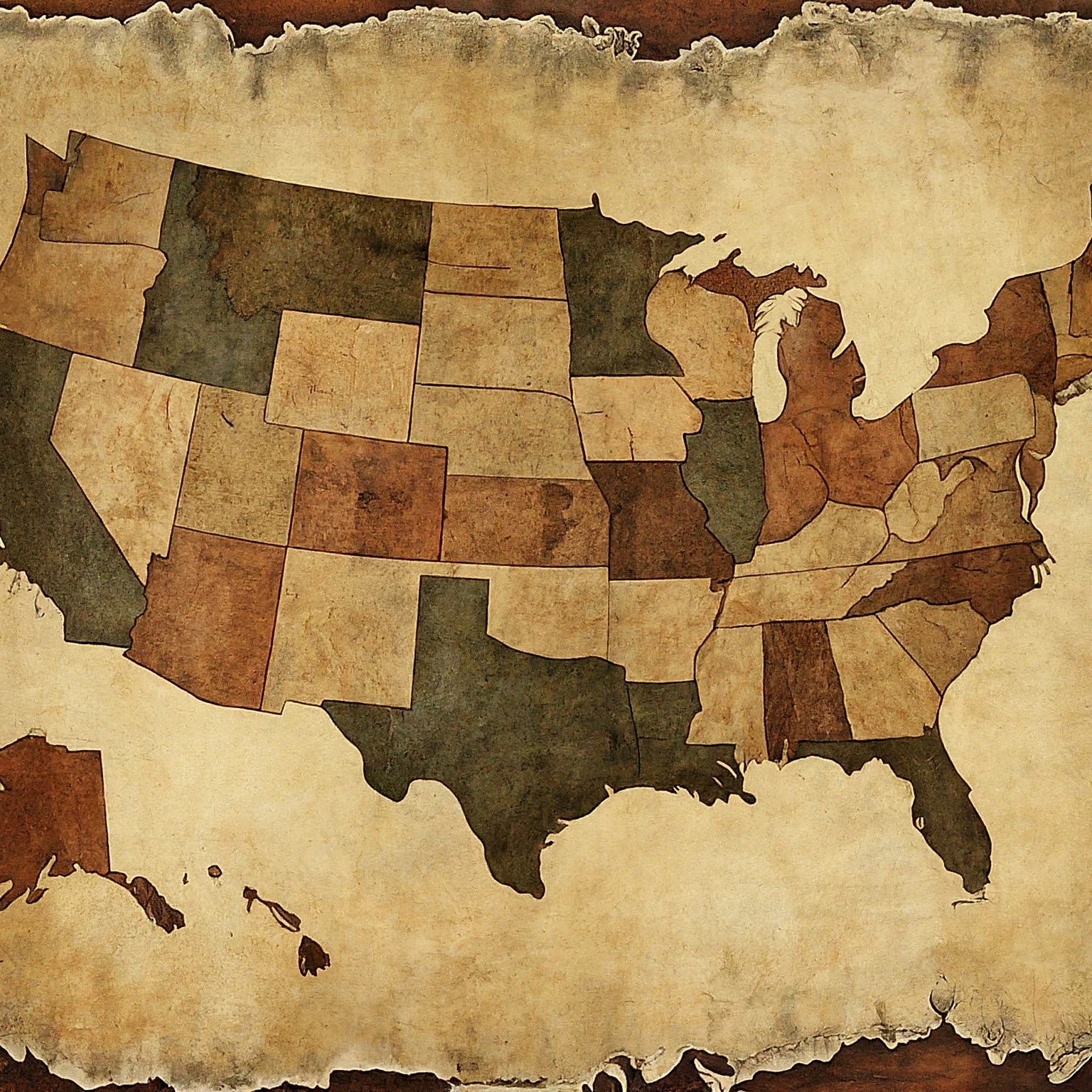The international phone code for USA is a crucial component of global telecommunications, serving as a gateway to one of the world’s most influential nations. This vast and diverse country, known for its rich history, cultural diversity, and economic power, attracts millions of visitors and businesses from around the globe. In this comprehensive article, we will explore the significance of the USA international phone code, its historical context, and how to use it effectively.

The Significance of the USA International Phone Code
The USA international phone code, +1, is a standardized prefix that must be dialed before the local phone number when making international calls to the United States. It ensures that calls are correctly routed to their intended recipients within the country’s extensive telecommunications network.
The United States: A Brief Overview
The United States is a federal republic composed of 50 states, one federal district, and five territories. It is the third-largest country in the world by land area and the third-most populous country. The United States is known for its diverse landscape, including mountains, deserts, forests, and coastlines. The country is a melting pot of cultures, with people from all over the world contributing to its rich heritage.
The Role of the USA International Phone Code in International Communication
The USA international phone code plays a vital role in facilitating international communication with the United States. It enables businesses, individuals, and tourists to connect with people and organizations within the country. By dialing +1 followed by the local phone number, callers can reach any destination in the United States.
Area Codes in the United States
The United States has hundreds of area codes, each representing a different geographic region. These area codes are used to indicate the specific location within the country where a phone number is located. Knowing the area code of your desired destination is essential for making accurate international calls.
Common Area Codes in the United States
- New York City: 212, 646, 917
- Los Angeles: 213, 323, 424, 626, 818
- Chicago: 312, 773, 630, 847
- Houston: 713, 832
- Phoenix: 602, 480, 623
International Dialing to the United States
To make an international call to the United States, you will need to dial the following sequence:
- International Access Prefix: This is typically a plus sign (+) or a sequence of numbers specified by your phone service provider.
- United States Country Code: Enter +1.
- Area Code: Enter the three-digit area code of the desired location.
- Local Phone Number: Enter the seven-digit local phone number of the recipient.
Example: To call a phone number in New York City with the area code 212, you would dial +1 212 [local phone number].
International Calling Tips
- Check Time Zones: Be mindful of time zone differences between your location and the United States to avoid calling at inconvenient times.
- Consider Calling Costs: International calling rates can vary depending on your phone service provider and the destination country.
- Use a Reliable Connection: Ensure you have a strong signal and avoid background noise to enhance call quality.
- Be Patient: International calls may experience delays or connection issues due to network congestion or other factors.
Conclusion
The USA international phone code is an essential component of international telecommunications, providing a gateway to one of the world’s most influential nations. By understanding the significance of this code and following the correct dialing procedures, you can effectively make international calls to the United States and stay connected with friends, family, and business associates.


